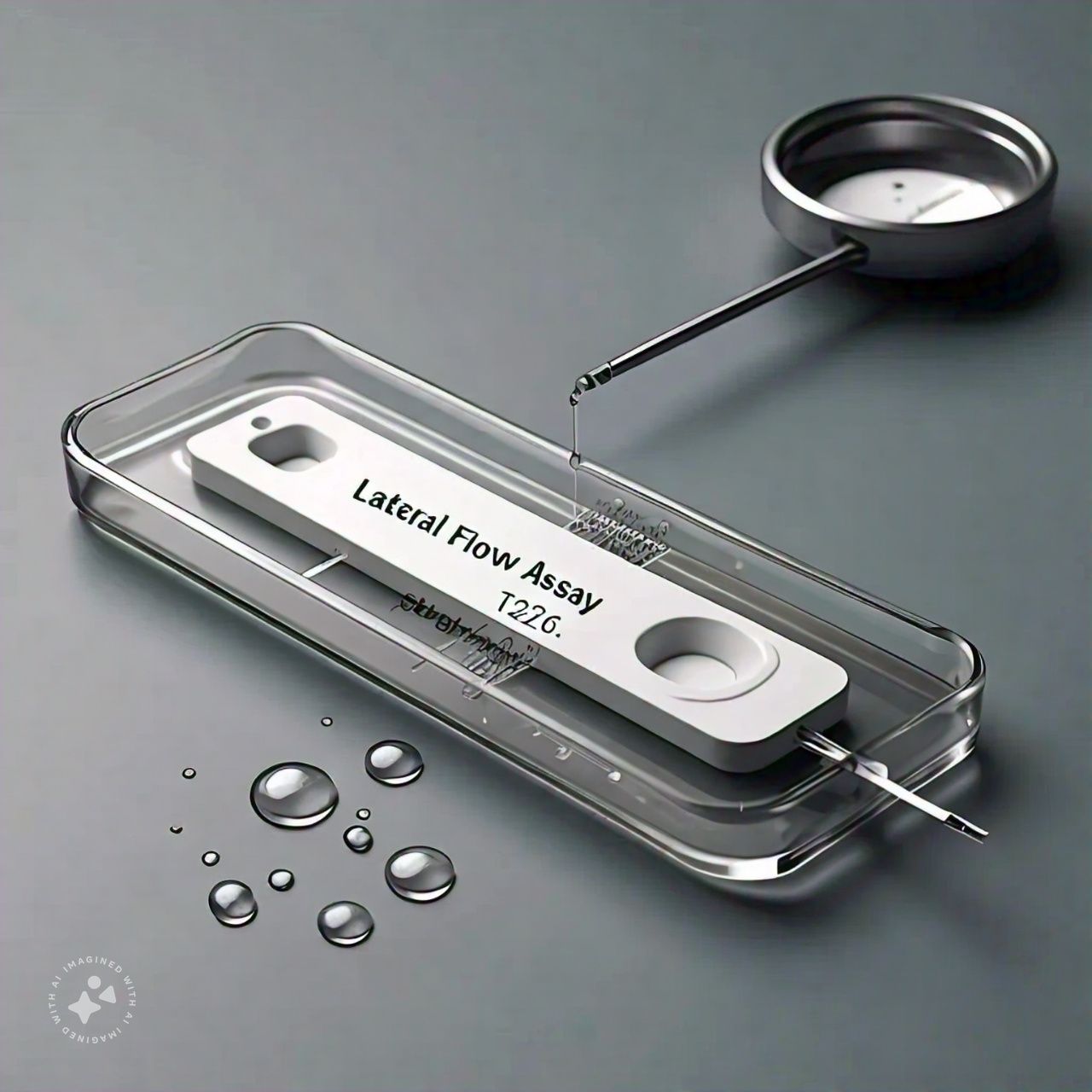The global lateral flow assays market in terms of revenue was estimated to be worth $10.8 billion in 2023 and is poised to reach $16.8 billion by 2029, growing at a CAGR of 7.6% from 2023 to 2029.

Lateral Flow Assays Market Dynamics
Driver: Increase in eye disorders
Age is the major factor in eye related disorder. The rise in population and increase in chronic exposure to UV screens are influencing the rise in eye-related disorders. The most common diseases include diabetic retinopathy, glaucoma, cataract, corneal opacities, Trachoma, refractive error disease, etc. The rise of diabetic retinopathy, a prevalent challenge for many living with diabetes, has ignited a demand for advanced imaging and laser treatments. These advancements, along with innovative technologies like femtosecond lasers and phacoemulsification systems for cataracts, represent a beacon of hope in the global fight against vision loss.
Restraint: rising adoption of previously owned equipment
The market includes a lot of local players that tend to provide refurbished equipment at cost-effective prices. Since the cost associated with this equipment is touching the sky, these local players have gained a large momentum in the past. The true reasons for the adoption of refurbished equipments include
First of all, healthcare is becoming increasingly cost-conscious. A growing number of organizations and individual practitioners are looking for more affordable options due to budgetary restrictions and rising equipment costs. Refurbished equipment can provide equivalent performance and reliability to new equipment, which makes it an appealing alternative because it is sometimes much less expensive. Second, improvements in refurbishing technology are making reconditioned equipment last longer and be of higher quality. Reputable refurbishers may guarantee performance that satisfies exacting medical requirements with careful cleaning, recalibration, and replacement of worn parts. Healthcare providers find used equipment more appealing due to its increased reliability. Thirdly, a move towards sustainable practices is being driven by environmental concerns. Refurbishing equipment contributes to waste reduction and equipment longevity, which is in line with the increasing demand for ethical healthcare practices. Thus, the refurbished market is creating a huge barrier for growth.
Opportunity: Low adoption of phacoemulsification devices and premium IOLs in emerging regions
Phacoemulsification is regarded as an important and effective treatment in treating cataract surgeries. It involves the removal of lens by breaking it. It makes cataract surgery safe and effective, and used nearly 60% of the time to treat cataracts of which only 25% is used in Asia. In India, nearly 17% of cataract surgeries are done using this technique and premium lenses are used in only 8% of these surgeries. Reduced reimbursement for use of such high priced lenses and high post operative costs are reasons of low adoption in emerging regions. Thus, it is said that premium lenses at cost effective price would represent a huge market potential in merging regions creating opportunities for growth in the Asia Pacific region and Latin America region. The cost of phacoemulsification equipment and high-end IOLs is much more than that of conventional cataract surgery methods. Basic care is prioritized in settings with limited resources, therefore it might be difficult to justify the increased cost of these cutting-edge devices.
Challenge: Lack of skilled professionals
The demand for skilled professionals is high, and the actual numbers don’t justify it. This was initially an issue in the emerging regions however it is holding true in the mature markets as well. This leads to a lack of adoption of technologically advanced tools and in turn hampers market growth. As per the All India Ophthalmic Society, in 2019, only 15,000 professionals in the ophthalmology space were treating 1 to 100,000 people. Similarly, in 2021, the American Academy of Ophthalmologists reported 18,000 practicing ophthalmologists in the US only. In the sub Saharan Africa there is an average of 2.5 ophthalmologists for every million patients. Similarly, in China it is 44,000 doctors and only 1.6 doctors for every 50,000 people. Thus, it creates hindrance in the adoption of the improved technology and the user is not skilled enough.
North America is expected to account for the largest share of the lateral flow assays industry.
North America has some of the highest worldwide healthcare spending rates, which translates into large investments in state-of-the-art ophthalmic technology. This encourages the creation and uptake of cutting-edge technology, expanding the realm of what is practical for preventive and vision restoration. World-class research facilities and medical centers that are at the forefront of ocular research and development can be found in the area. This creates a vibrant ecosystem that encourages innovation, which results in a steady supply of new and enhanced equipment coming to market. Naturally, as North America’s population ages, age-related eye conditions like cataracts and macular degeneration become more common. Growth is further accelerated as a result of the expanded market for diagnostic and therapeutic equipment.
The prominent players in the global lateral flow assays market include:
- Abbott Laboratories (US)
- F. Hoffman-La Roche Ltd. (Switzerland)
- Danaher Corporation (US)
- Siemens AG (Germany)
- Becton, Dickinson and Company (US)
- bioMérieux SA (France)
Recent Developments of Lateral Flow Assays Industry:
- In August 2023, Quidelortho received authorization from the US Food and Drug Administration (FDA), allowing the company to market its new Sofia 2 SARS Antigen+ FIA.
- In February 2022, Abbott Laboratories received FDA Emergency Use Authorization (EUA) for its Alinity M assay to detect antibodies to SARS-CoV-2.
- In October 2022, Roche launched the next-generation portfolio of SARS-CoV-2 rapid antigen tests (“2.0”).
Conclusion:
The lateral flow assay (LFA) market has experienced significant growth and transformation over the past few years, driven by advancements in technology, increased demand for rapid diagnostics, and the rising prevalence of infectious diseases. LFAs, known for their simplicity, cost-effectiveness, and quick results, have found extensive applications across various sectors including healthcare, food safety, environmental testing, and veterinary diagnostics.
